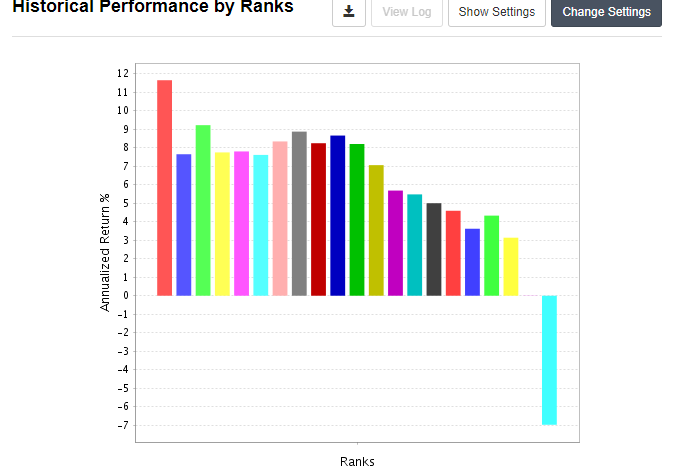Dear All,
We released a full set of factors and functions to access “Actuals”. Until today we were mostly using Actuals to calculate earnings surprises (sales and EPS), by comparing the values reported with the latest consensus prior to the earnings announcement. They can now be more easily used in lieu of GAAP numbers from filings for calculating growth rates for example.
You can find the factors and functions in the ACTUALS folder in the reference. Please see the description from the reference below and let us know your thoughts.
Thanks
Actuals
Actuals are companies’ historical financial data, such as earnings, sales, and net income. Unlike fundamentals that come from official filings submitted to government agencies, Actuals are collected primarily from company press releases and/or from brokers.
Actuals are primarily used to calculate surprises vs the analyst estimates. However, integrating Actuals in fundamental analysis can offer a unique perspective compared to only using data from 10-K and 10-Q filings. This is particularly relevant when Actuals reflect different GAAP treatments, including one-off items or other specific financial occurrences.
Many semiannual companies release earning releases every quarter, and analysts follow suit with quarterly estimates. The main downside is that Actual data can be spotty and inconsistent through time, especially in the past. For example sometimes more complete actuals are the semiannual ones, and sometimes the quarterly. We use some heuristics to determine which interim items to use for a particular point in time.
Key points about Actual data:
- Never restated or overwritten
- Can be more frequent (ex quarterly for semiannual companies)
- More timely. Filings can have long delays in the processing, especially for small caps.
- Can be quite different from GAAP numbers from filings.
- Actuals are widely used as actionable information.
Items
The following actual items are available (use these codes for the actual_item parameter). Please note that coverage improves the more recent your observation date is.
| actual_item | description |
|---|---|
| #CAPX | Capital Expenditure |
| #EBIT | EBIT |
| #EBITDA | EBITDA |
| #EPS | Earnings Per Share |
| #EPS_GAAP | Reported Earnings Per Share |
| #FCF | Free Cash Flow |
| #FFO | Funds From Operations |
| #NET | Net Profit |
| #PTI | Pre-Tax Profit |
| #SALES | Sales |
| #SHS_REPURCH | Share Repurchase |
| #SOE | Stock Option Expense |
| Function | Period |
|---|---|
| Actual(actual_item, offset, type) | |
| ActualQ(actual_item) | Latest Quarter |
| ActualPQ(actual_item) | Previous Quarter |
| ActualPYQ(actual_item) | Previous Quarter 1 Year Ago |
| ActualTTM(actual_item) | Trailing 12 Months |
| ActualPTM(actual_item) | Previous Trailing 12 Months |
| ActualA(actual_item) | Latest Year |
| ActualPY(actual_item) | Previous Year |
| ActualGr%PQ(actual_item) | Growth Q |
| ActualGr%PYQ(actual_item) | Growth PYQ |
| ActualGr%TTM(actual_item) | Growth TTM |
| ActualGr%A(actual_item) | Growth Annual |
Collection
Actuals are collected from different sources, like press releases and brokers. When the values are collected from press releases, FactSet refers to them as ‘Company Actuals’. When collected from brokers they are referred to as ‘Broker Actuals’. Currently we do not offer a way to distinguish the source of the Actual.
